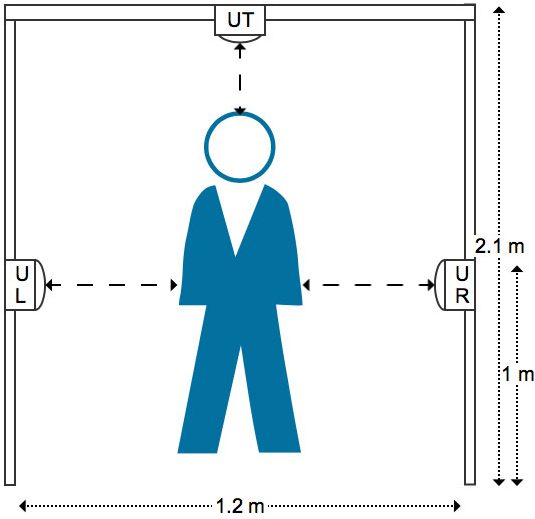Nacer Khalil
Hi! I’m a PhD student in computer science. My research areas involve Wireless Sensor Networks, sensing and Internet of Things. I have been involved in a couple of projects:
Central plant optimization
In this project, the goal was to save energy by more closely matching the demand with the supply. The case of the central, it is about matching the supply of chilled water with the its demand coming from over 100 buildings. To achieve that, we first sense data coming from the differents machines ( chillers, pumps, cooling towers…) and analyse the data from every machine to identify its efficiency profile and given an estimate of demand, we match it by choosing a number of machines with their respective load that maximises efficiency.
Smart Buildings
In this project, the idea is to save energy without sacrificing comfort of the users. The idea is to do a more fine grain temperature control by identifying the heat generated by each room when empty and then estimate the heat by the people in the room based on their numbers. To have a model of the background, we collect temperature and humidity information for the room when empty and building a linear regression model that predicts the background temperature based on the time and outside temperature. Then we build a model for a typical person by counting the heat generated in the room by desagrating the background heat from it and. By separating the background heat from the users, we are able to have a fine grain temperature estimate and therefore can have a more precise control which saves energy by generating the needed heat and also increase comfort by keeping the room at a more steady setting.
NonIntrusive Indoor User Identification using ultrasonic sensors
User Identification is very important in the context of smart buildings because it makes it possible to know more about your users and enrich your context information and therefore more accurately predict future arrival and departure of users which will therefore be used to save energy and increase comfort by firstly opening the possibility of associating a thermal profile with each user as well as for other applications such as in the context of identifying user behavior in a commercial space such as a mall. There are different solutions in the market such as one using cameras, iris and fingerprints, however they are privacy invasive and therefore cannot be used in public areas. Other solutions include user’s active engagement such as ones using wearables or smartphones and identification is dependent on whether the user carries the gadget. The idea of this project is to provide identification with high accuracy but in a nonintrusive manner which means avoid sensing any information that may infringe user’s privacy.
In this project, we design a door frame that has 3 ultrasonic ping sensors, one Arduino Uno and a Raspberry PI. One ultrasonic sensor is at the top facing downwards that we refer to as UT(Ultrasonic Top) and the two other sensors are at the side at about 1 meter high that we refer to as UL(Ultrasonic Left) and UR (Ultrasonic Right). UT senses height and UL and UR are both used to sense width.

In this project, we identify users not using the height and width but by using their body shape and movement which is more specifically their girth and speed. This information is derived from heigh and width data stream which is sampled at 35Hz using our testbed. We extract a number of features such as average height, maximum height, minimum height, average width, bounce, distance between waist and hands, girth and time.
We built a clustering model using DBSCAN that associates one cluster per person. We achieve an accuracy of 95% with a group of 20 people.